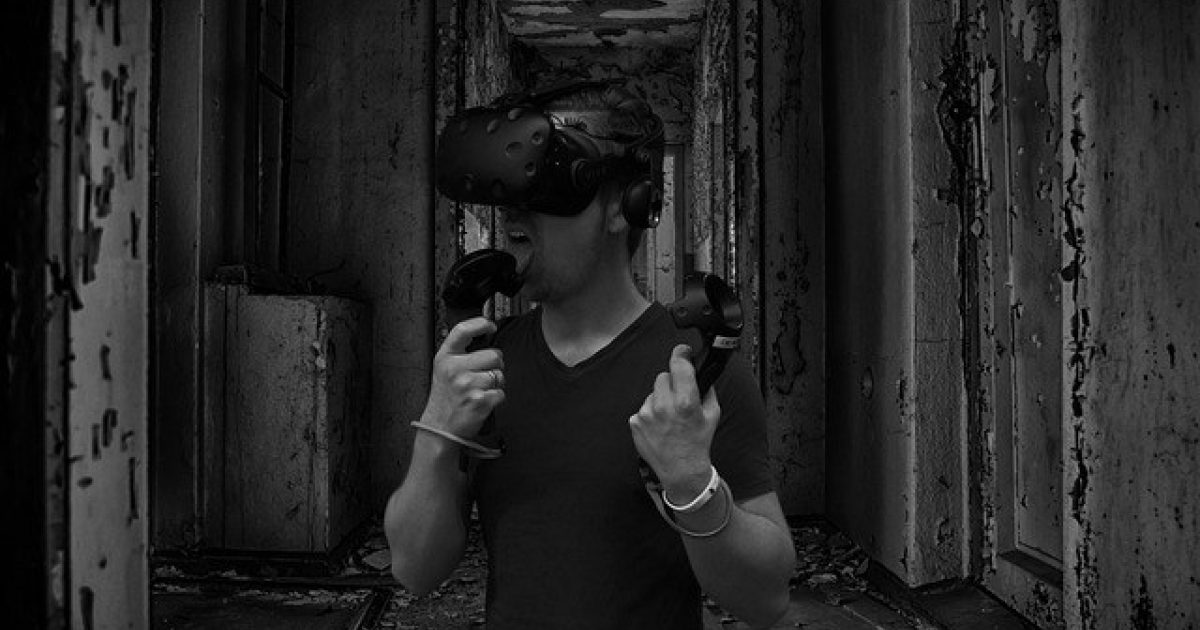
Defining Terms
Wikipedia defines the Metaverse as: “a network of 3D virtual worlds focused on social connection”. It goes further to explain that “In futurism and science fiction, the term is often described as a hypothetical iteration of the Internet as a single, universal virtual world that is facilitated by the use of virtual and augmented reality headsets.”
In transactional terms, the Metaverse is also a digital economy, in which participants can create, buy, and sell goods. In the future, it may also become possible to migrate virtual personalities and possessions between different platforms.
So in essence, the Metaverse is a new iteration of the Internet that allows people from all over the world to interact with each other, and the Metaverse itself. Think of it as the next stage in the Internet evolution, or Web 3.0.
What We’re Being Led to Expect
Much of the existing Metaverse imagery comes from popular culture and movies like Ready Player One (2011). Much of the general impressions also come from virtual world platforms such as Second Life.
The term “Metaverse” itself originates from an amalgam of “meta” and “universe” in the 1992 science fiction novel Snow Crash. Here, Metaverse denizens inhabit an urban environment developed along a 100-meter-wide road, called the Street, which runs across the entire circumference of a featureless, black planet. Ready Player One has its people inhabiting a shared virtual reality (VR) landscape called "the OASIS" which serves as both a virtual society and a multi-player online role-playing game.
Along these same lines, the current emphasis in selling the Metaverse to the public is on ultra-sophisticated and immersive virtual experiences. For example, when the Social Media Giant Formerly Known As Facebook recently rebranded itself as Meta, they created a presentation where a young woman in her living room browses Instagram and suddenly spots a friend attending a concert in another continent. Using holographic projection, the Instagram woman instantly transports herself to be alongside her friend -- with not a single headset or camera in sight. Welcome to the future.
What The Metaverse May Actually Deliver
The level of technology needed to deliver experiences along the lines of Meta’s promotional presentation simply doesn’t exist yet. However, current technologies are capable of providing some of the components that could make up the Metaverse.
For example, persistent virtual environments already exist, in the form of online societies like Fortnite or World of Warcraft, which continue to function while you’re not interacting with them online. Augmented Reality (AR) implementations successfully merge the physical and digital worlds for education, recreational, and commercial purposes. The cryptocurrency ecosystem continues to flourish, providing an independent and digital means of exchange for its participants.
All of these could be contributors to a larger Metaverse -- and various parts of the technology market are already contributing to a growing Metaverse economy. For example, a number of 3D virtual reality platforms are currently taking advantage of Non-Fungible Tokens or NFTs, an offshoot of blockchain technology that can be used to verify the ownership of digital assets.
What We’ll Need to Construct The Metaverse
At the end of 2021, analysts at Intel estimated that Web 3.0 Metaverse projects will eventually demand at least 1000 times the computing power we have now. The digital worlds of 2022 and beyond will require scalability, interoperability between different environments, and enhanced security.
Fundamentally too, since the Metaverse is rooted in the Internet, the first thing that needs to be addressed before the Metaverse can fully materialize is the development of the infrastructure to the level that is needed for it. For example, the decentralized business infrastructure for the Metaverse of Things will need to be based on low-latency 5G connectivity and intelligent edge clouds that collect and process data using Artificial Intelligence.
How quickly can we get to this point? And what bumps will we encounter along the Metaverse Road? Watch this space -- and the virtual spaces all around you.
 Login
Login



Reply a Comment